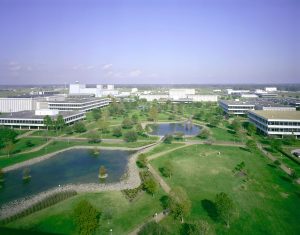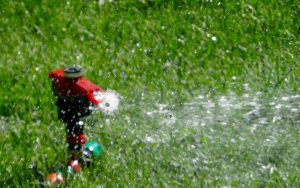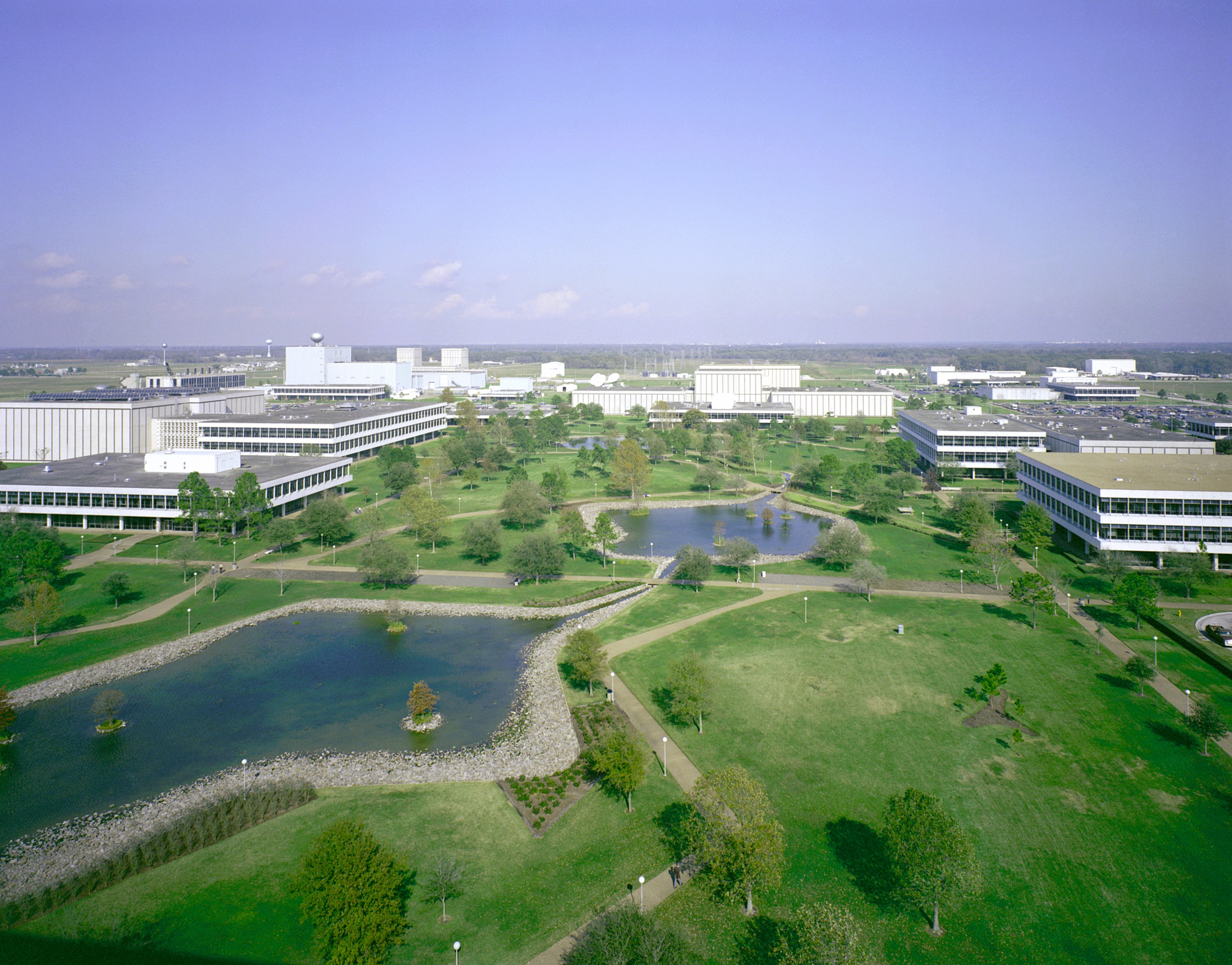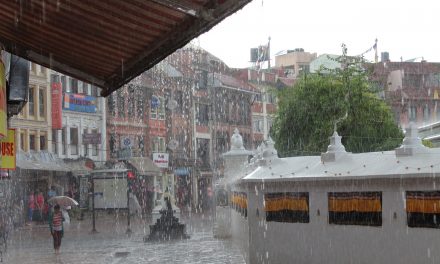Despite the event’s name, the annual Houston Open professional golf tournament has not been held within Houston city limits since 1972. That will change in October 2020, when the tournament returns to the 243-ha (600-ac) Memorial Park Golf Course located in downtown Houston.

The 2020 Houston Open golf tournament will take place next October at Memorial Park Golf Course in downtown Houston. However, before golfers arrive, the course is undergoing a multimillion-dollar renovation centered around enhanced stormwater management and reduced water waste. Creative Commons
To prepare for the Open, the course is undergoing a multimillion-dollar renovation project. The overhaul is aimed not only at making the course more challenging, but also at enhancing stormwater management and reducing the course’s irrigation demands on the municipal water supply, according to a July 2019 Parks & Recreation magazine article. The golf-course project, part of Memorial Park’s long-term renovation plan adopted in 2015, is a collaboration between the Astros Golf Foundation (Houston), the City of Houston Department of Parks and Recreation (DPR), and the Memorial Park Conservancy (Houston).
“The department’s overall goal is to build a sustainable golf course and reduce water usage by 50% – a goal projected to be met within 3 years thanks to the renovation,” said Jason Harsh, golf course superintendent for DPR.
Using rain as a resource
Until now, the irrigation system at Memorial Park Golf Course drew its water from one of the greenway’s many ponds, which is filled using water from the city’s potable supplies. According to the Memorial Park renovation plan, irrigating about 45 ha (110 ac) of the course consumes about 223 million L (59 million gal) of potable water each year. That amount equates to about 613,000 L/d (162,000 gal/d), or enough water to meet the daily needs of around 2,000 people.
Renovation partners are installing a network of bioswales, drought-tolerant turf and vegetation, new or expanded ponds and ravines, and other improvements that will slow stormwater drainage, filter runoff, and help the course meet detention requirements set by local regulators.
Improvements also include an overhaul of the irrigation system focused on recycling harvested stormwater to sustain the course. The new system, working in tandem with a new network of soil-moisture meters, will enable course managers to fine-tune each of the course’s 14,000 sprinkler heads to deliver only the amount of water each specific part of the course needs, according to Parks & Recreation.
“Based on Houston’s annual rainfall, this new network of small ravines and expanded lakes will capture 80 million gallons of stormwater that can be reused to irrigate the golf course,” said Giles Kibbe, President of the Astros Golf Foundation. “Depending on when that rainfall occurs, we might not need to use any city water in the future.”
Putting the “green” in greenway

One piece of the renovation project involves a new irrigation system, aided by a new network of soil-moisture sensors. The combination enables managers of Memorial Park Golf Course to individually control each of the course’s 14,000 sprinkler-heads, which will now recycle captured stormwater for irrigation before drawing on Houston’s potable water supplies. Free-Photos/Pixabay
Many golf courses are huge water consumers. However, according to the Pennsylvania Environment Council (PEC; Pittsburgh), golf course managers increasingly are recognizing the unique opportunity to create functional green spaces that improve public health and protect water quality.
PEC offers a comprehensive guide for golf-course managers. The guide explains 18 best management practices (BMPs) that promote sustainability on golf courses. For each BMP, the guide details potential benefits, a case study of a course that has successfully implemented the practice, and resources to help managers get more information.
Capturing and reusing stormwater for irrigation is just one way to enhance stormwater management on golf courses. Other tactics include
- establishing equipment-washing stations;
- implementing buffer strips to protect surrounding waterways from runoff; and
- restoring existing or creating new wetlands.






